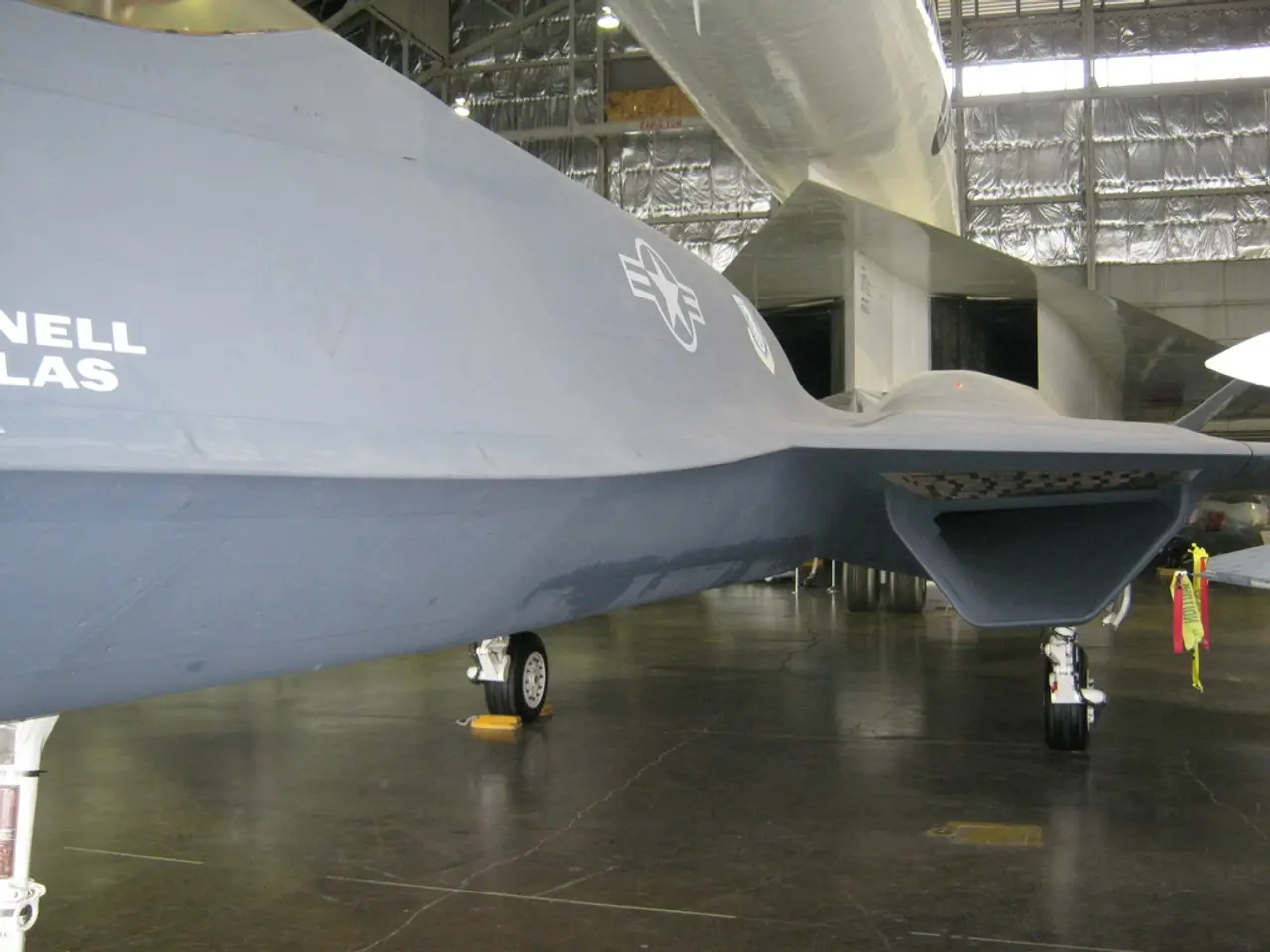Natilus Aims to Revolutionize Aviation with Blended-Wing-Body Passenger Aircraft
Natilus, a US-based startup, is making waves in the aviation industry with its ambitious plans to introduce passenger aircraft based on the blended-wing-body (BWB) concept. While a concrete timeline for the market introduction remains uncertain, the company's innovative graphic design promise significant efficiency and sustainability gains, potentially challenging industry giants like Airbus and Boeing.
Natilus initially showcased four cargo aircraft variants, each with a unique capacity ranging from 3.8 to 130 tons and engine configurations of two or three, depending on the model. The BWB design, also known as 'flying wings,' offers higher cargo volume and significantly reduces fuel consumption compared to traditional models. This is achieved through aerodynamic advantages and the use of composite materials, resulting in about 60% more cargo volume at the same weight.
Natilus is now turning its attention to passenger aircraft, developing innovative BWB designs that promise similar efficiency and sustainability benefits. These designs are expected to offer up to 50% less CO2 emissions and about 30% less fuel consumption than comparable models. The company is not alone in its pursuit of BWB technology; other companies like Jet Zero, supported by the UK government, are also researching and developing similar concepts.
To realize its ambitious plans for passenger aircraft, Natilus is seeking several billion dollars in investment capital. As the race to develop more sustainable and efficient aircraft intensifies, the competition among Natilus, Jet Zero, Airbus, and Boeing is set to heat up. The future of aviation may well be shaped by the outcomes of these innovative blended-wing-body projects.








